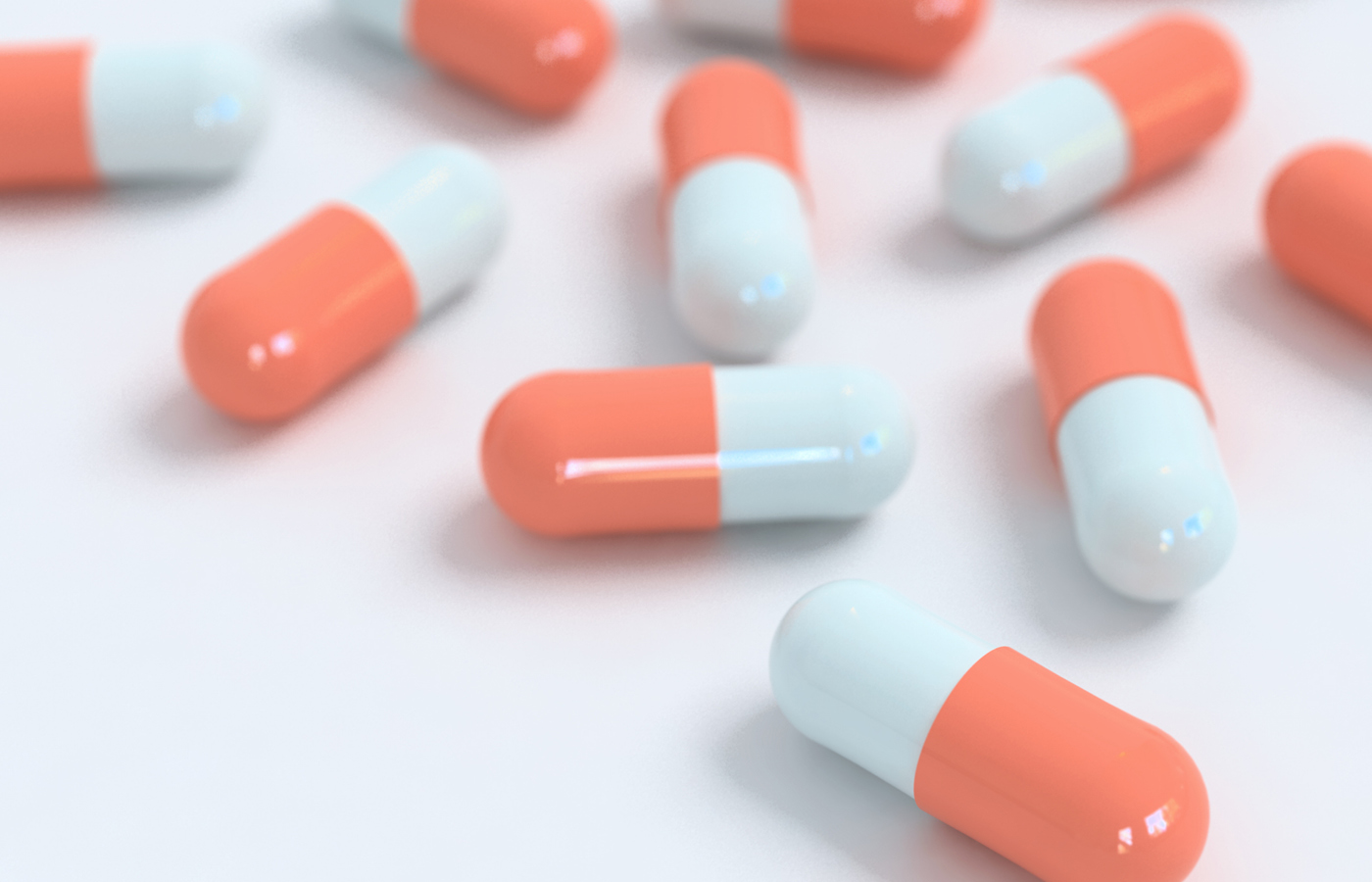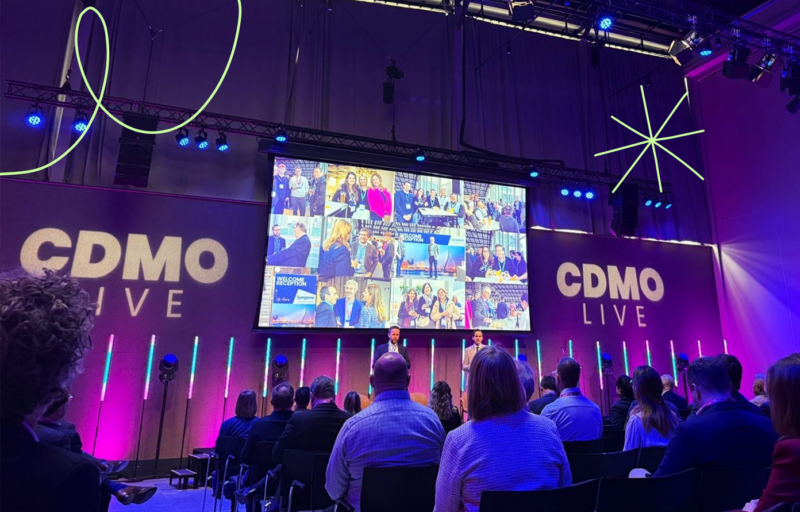blog:
A look at the looming patent cliff

In the next eight years, more than 190 drugs will go off-patent. Of those, 69 are blockbuster drugs. Industry watchers forecast that from 2022-2030, the industry’s top drug companies will lose more than $200 billion.
When a new prescription drug is launched by a pharmaceutical manufacturer, that manufacturer maintains the legal right to develop, sell, and market the drug for a set amount of time, generally around 10-15 years. Depending on the drug type, the drug is granted exclusivity, which is a period of time when a brand-name drug is protected from generic drug competition.
Exclusivity is designed to promote a balance between new drug innovation and generic drug competition*.
There are different exclusivities for different situations:
- New Chemical Entity (NCE) Exclusivity:
In most cases, a brand-name drug with a new active moiety has a five-year exclusivity. - Orphan Drug Exclusivity (ODE):
A new brand-name drug for a disease or condition that affects fewer than 200,000 people in the United States (or that affects more people but for which the drug company still has no hope of covering the development costs) has a seven-year exclusivity. - New Clinical Investigation Exclusivity:
A brand-name drug with an active ingredient that has been approved before may be awarded a three-year exclusivity in certain circumstances, such as if a new way of delivering the active ingredient is proposed (for example, a tablet rather than a liquid) or a different disease or condition the drug can treat is identified. To get this approval, the drug company must conduct new clinical studies in humans.
Once the period of exclusivity concludes, the manufacturer is required to release control of the drug formula to the marketplace, a transition called loss of exclusivity (LOE). After LOE, multiple manufacturers can sell generic versions of the original drug.
Industry bracing for LOE for blockbusters
Blockbusters like Stelara, Eliquis, Prolia, and Ibrance are poised to lose US exclusivity over the next five years; pressure is mounting for the industry to replenish the portfolio with the next high-growth brands.
Investors are growing wary about the period from 2025-2030, when many big brands will lose market exclusivity in the US and Europe and face generic or biosimilar competition for the first time.
The top 10 pharma manufacturers combined have nearly half their revenues at risk during that time frame, with 50% of the revenues at risk for five companies.
How this patent cliff differs from the last
The industry faced a similar patent cliff that began around 2008, but the curve is expected to be somewhat slower, as many of the affected drugs are biologics, including – in the latter half of the decade – newer drugs like Keytruda. Chronic obstructive pulmonary disease (COPD), non-small cell lung cancer, HIV, type II diabetes, and oncology are the top areas that will be affected.
In the previous cliff, traditional molecules often saw 90% of their revenues lost to generics in a three-to-six-month period. This coming patent cliff may see market share declines for biologics in the range of 30% to 70% in the first year in the United States and Europe, respectively, linked – largely – to biosimilar adoption across global healthcare systems.
Contract manufacturers anticipate growth
In the wake of the patent cliffs, pharmaceutical companies in North America are reorganizing and looking for new business models built on third-party partnerships and external networks. This model of business mostly relies on outsourcing most of the operations, including manufacturing, thereby providing good growth opportunities for CMOs in this region.
Final thoughts
The looming patent cliff creates greater urgency for life science companies to develop more effective strategies that drive pipeline growth and sustain their businesses.
For some of these companies, it may be a matter of their survival. Their sustainability will rely on driving more value, reducing costs, and enhancing their capabilities.
The sector faces an array of challenges across the continuum of discovery to commercialization. With a common goal of bringing much-needed, quality health care that improves and/or extends the life of people around the globe, overcoming obstacles is nothing new. Innovation isn’t taking a break anytime soon.
Stand out in 2023
Are you a life sciences company seeking support with your brand? Contact our life science marketing experts today.
Related news, insight and opinion





